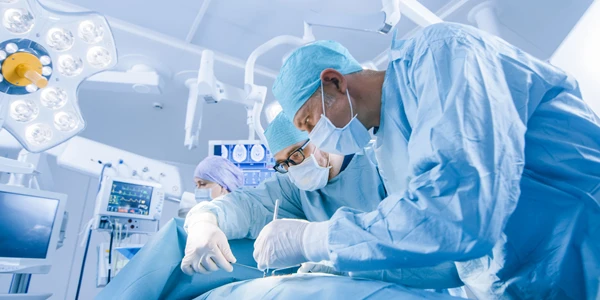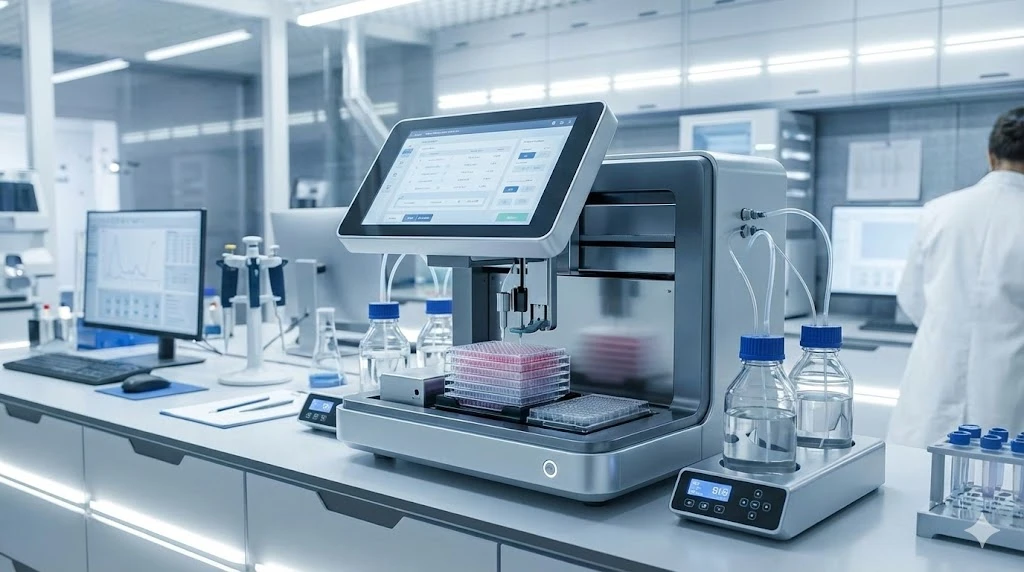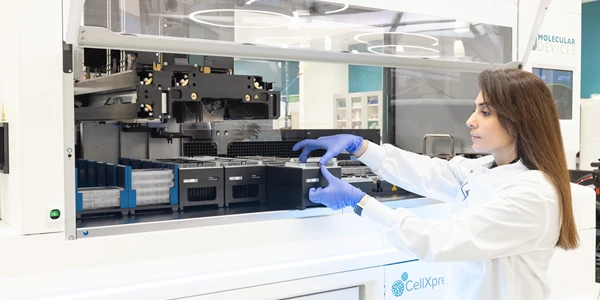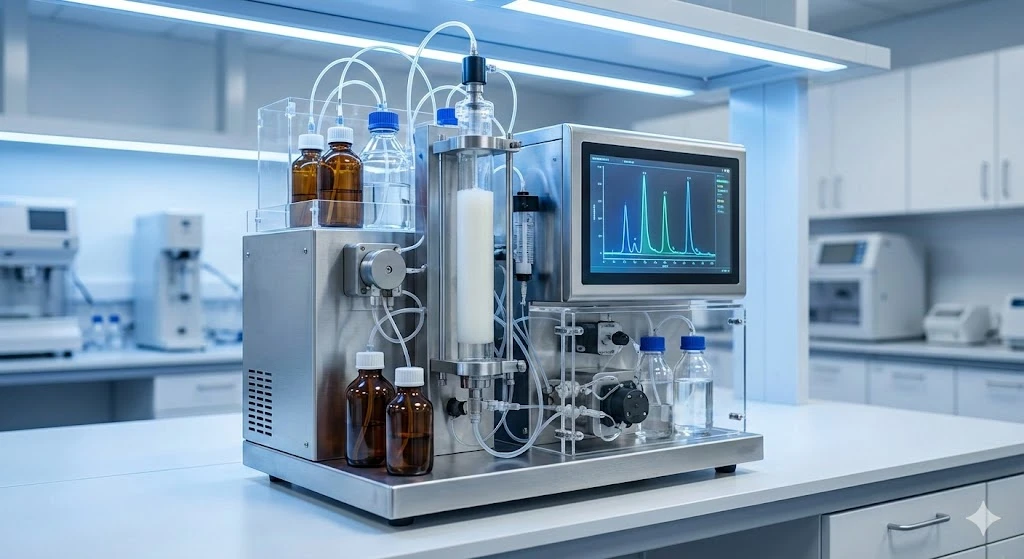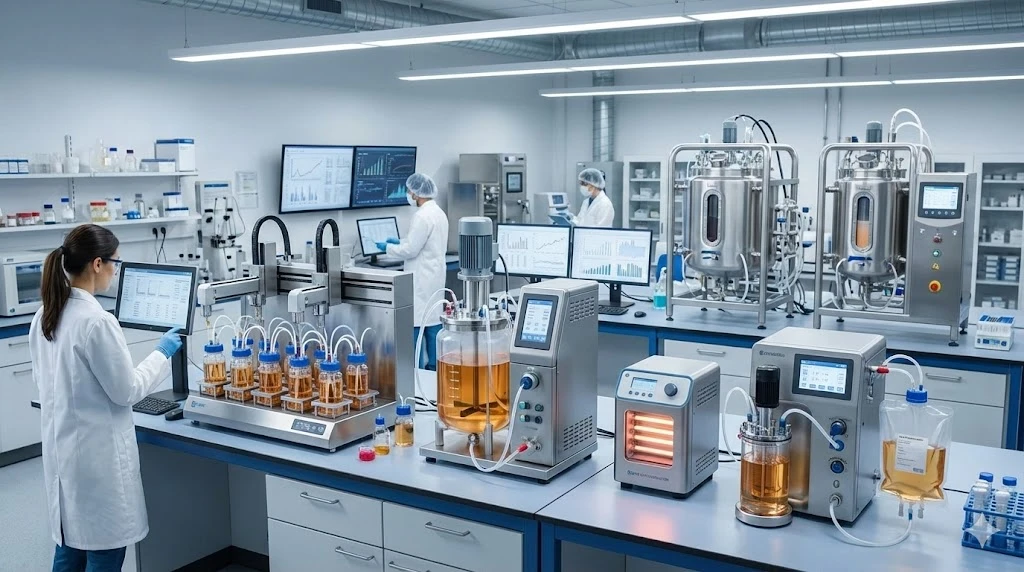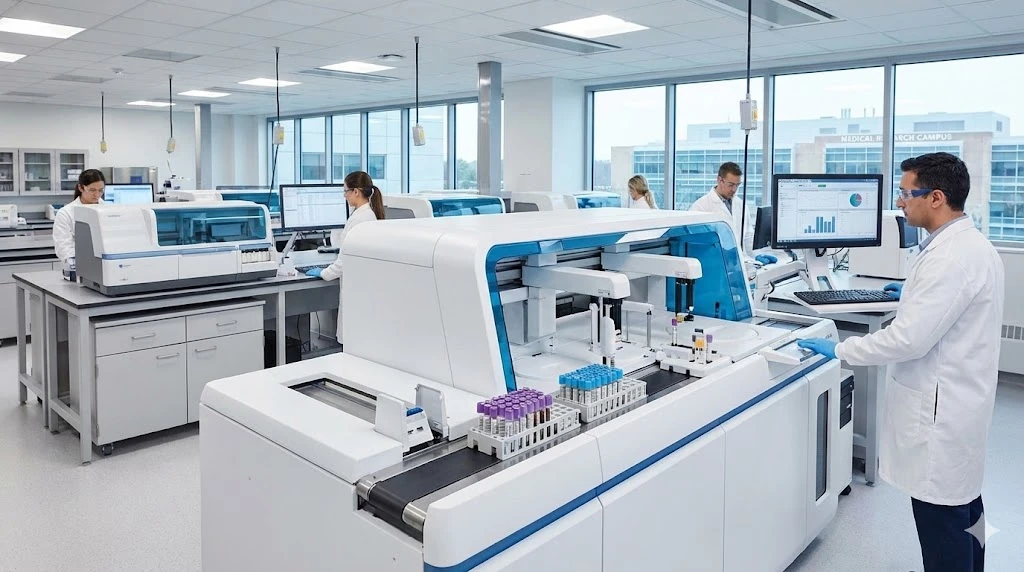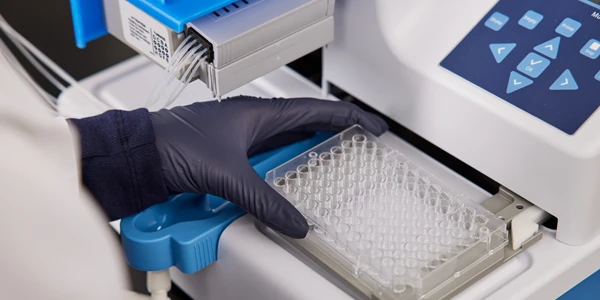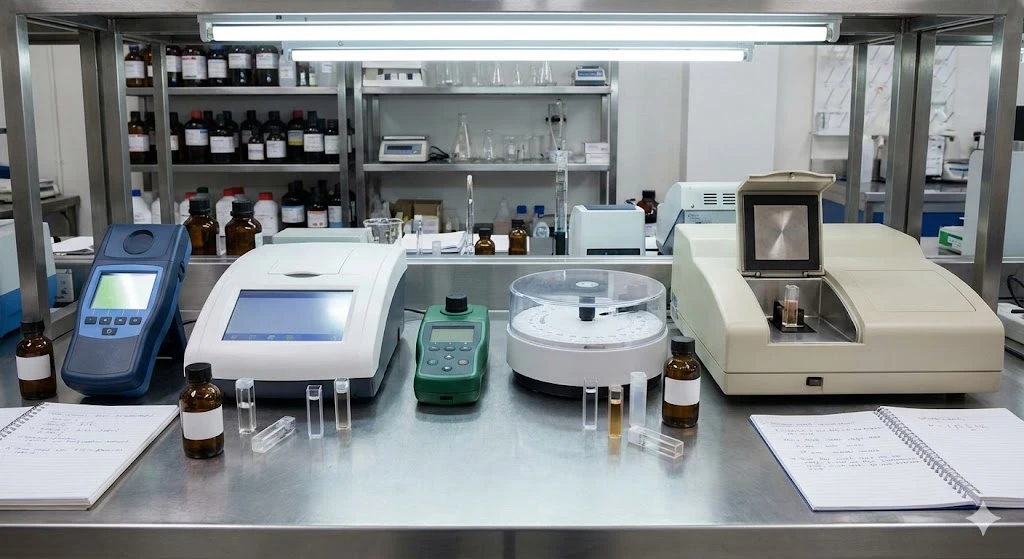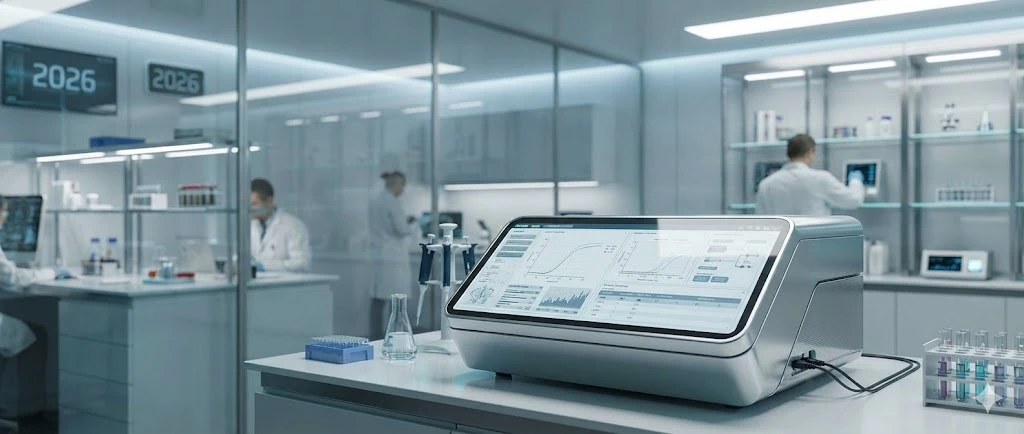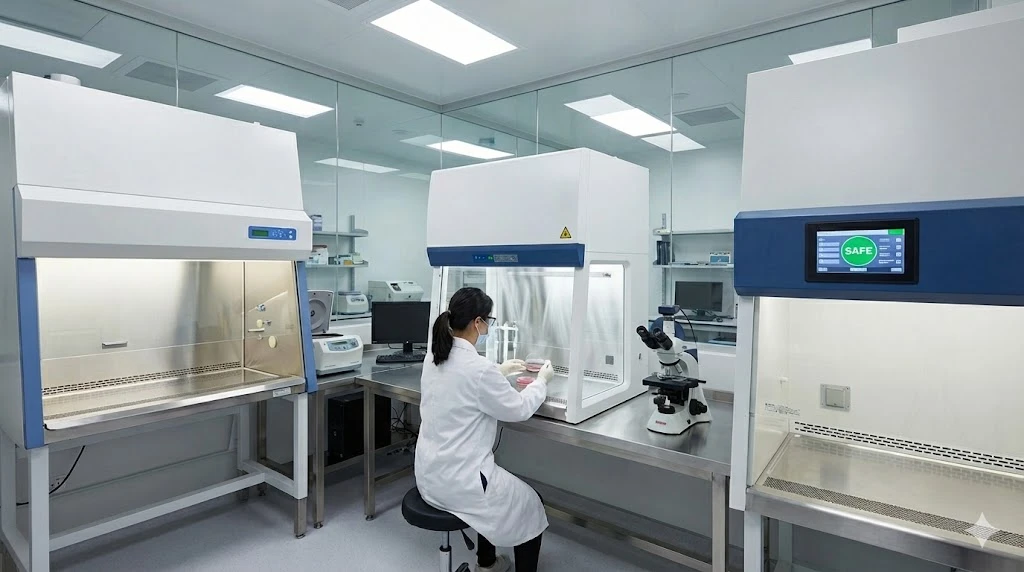Mass Spectrometry for Clinical Applications: Challenges and Solutions in the New Decade
Often-touted as a paradigm shift over ELISA and other traditional clinical testing methods, mass spectrometry offers the potential for greater sensitivity and selectivity and vastly improved diagnostic performance. Enhanced power to identify specific analytes and to measure these with better confidence are potentially game changing in the world of clinical research and diagnostics.
The advantages are becoming more apparent as we enter the next decade, as greater numbers of lab developed tests and commercially available approved platforms continue to emerge. Despite progress, however, significant roadblocks remain for both small molecule and protein mass spectrometry.
Sensitivity
Near the top of the list is the issue of sensitivity. Biological variation between samples (and patients) contributes to the increased noise in the lower levels of detection. Matrix effects of plasma proteins, lipids, and other components of varying abundance also cloud mass spec performance in the blood plasma background, the preferred medium for lab diagnostics. Low abundance analytes are hit particularly hard as a result of these complications.
New research-grade instruments that offer increased sensitivity and resolution for applications including low abundance analytes and single cell analysis include:
Perkin Elmer – ICP-MS Single Cell Analysis System – Drug Development and Testing – Metals Analysis
- Overcoming the limitations of metal uptake in cells, the NexION ICP-MS Single Cell Analysis System offers a platform for monitoring uptake of intrinsic metals or nanoparticles into single cells, providing insight into toxicity, bioavailability, and bioaccumulation, among others.
- The system, which uses a single cell: sample spray chamber, micro autosampler, and data analysis module, provides significant advantages over past technologies which involved time-consuming sample workflows and sub-optimal population averaged quantitation.
Sample Preparation
Application of mass spectrometry in the clinical lab continues to be challenged by issues of sample preparation, particularly for liquid chromatography mass spectrometry (LC-MS) and tandem mass spectrometry (LC-MS-MS) applications. Although highly sensitive and selective, these techniques typically require extensive sample cleanup and standards additions in order to generate “clean” data and quantitative, actionable results.
Beyond the clinical limitations of LC-MS and chromatographic sample separations, MALDI, DIOS, and atmospheric ionization techniques, such as DART, DESI, LAESI, demonstrate great promise as alternative approaches to overcome extensive sample prep, providing a straighter and faster path from sampling to analysis. The challenges of sample complexity and sensitivity are still real, although novel approaches taken from the research world show promise for sample cleanup and analyte enrichment inline with mass spec sampling, ionization, and analysis.
Automation
Automation in analytical instrumentation, and laboratory equipment in general, holds great promise for enhancing precision and workflow management. One area of mass spectrometry analysis where automation has the greatest potential impact is the sample preparation stage – which continues to suffer from complexity (as mentioned above), imprecision, and inefficiency.
New research automation solutions target sample preparation for LC-MS, combining protein precipitation and analyte enrichment with automated liquid handling applications. An example of this approach includes:
Agilent AssayMAP Bravo Protein Sample Prep Platform – Sample Prep – Automated Liquid Handling
- The AssayMAP automates sample prep upfront of LC-MS analysis by enabling samples to be immunoprecipitated and analytes to be affinity purified, providing desalting and cleanup on one automated platform.
- The use of micro-chromatography column tips provides binding consistency, while minimizing hand’s on time and cost per sample.
- Use of the Bravo liquid handling platform means pre-developed protocols can be run on easily scalable 8 to 96 sample cohorts, with integrated dilutions and plate processing.
- The system can be coupled with Q-TOF MS instruments for broad mass range detection with high-sensitivity and resolution.
Quality Control Testing
Boosts in precision and efficiency offer further promise in areas such as quality control testing for pharmaceutical manufacturing.
A portfolio of these solutions includes:
Thermo – Elemental analysis – Organic Impurities – Extractables and Leechables
- Quality control analysis of pharmaceuticals can involve detection of small molecule impurities, heavy metals, extractables, and leachables. As such, a suite of techniques and instrumentation including GC-MS, LC-MS and elemental analysis is needed.
- Semi volatile and non-volatile organics can be assessed using high resolution accurate mass (HRAM) analysis on the Thermo Orbitrap coupled with expansive spectral libraries.
- Elemental impurities, extractable, and leachables can be measured by ICP-MS and IC-MS – and depending on the range of contaminants, GC-MS and LC-MS as well.
- Volatile organic impurities are suitable for GC or GC-MS analysis, while counterions can be assessed using ion chromatography on a Dionex HPLC or Vanquish UHPLC.
Despite the challenges mentioned, mass spectrometry has a bright future in the clinical world.
Helping to drive clinical mass spec research and implementation are entities such as Mass Spectrometry Applications to the Clinical Lab (MSACL), a forum designed to discuss the concept by bringing together academic and industrial experts in the field. “The mission of MSACL is to accelerate the implementation of mass spectrometry in the clinical laboratory with the goal of contributing to the improvement of patient standard- of-care as well as reducing health care costs.”
The MSACL annual conference, held in Palm Springs, March 29 through April 2 this year, looks to showcase advanced development in areas including: Lipidomics, Metabolomics, Glycomics, and Imaging, with talks entitled Spatial Metabolomics: from Big Data to Single Cells and much more. View the program here.
On the topic of MS Imaging, MSACL has now officially partnered with Imaging Mass Spectrometry Society (IMSS) with the combined mission to foster sharing and collaboration between the groups. IMSS is focused on promoting development and application of imaging mass spec through awareness, education, best practices, standardization, and collaboration within the greater mass spec community.
As the imaging mass spec field enters a new era of technological achievement, it will be interesting to see how a greater presence of imaging ms will impact clinical research and medicine in the years to come.
